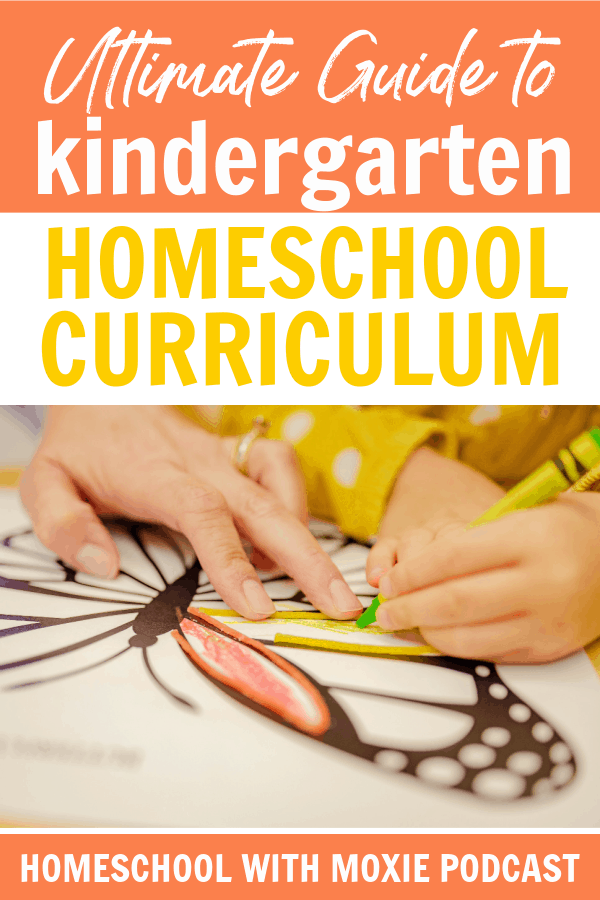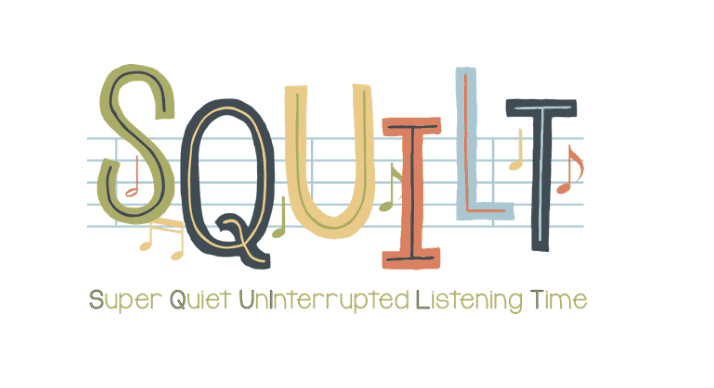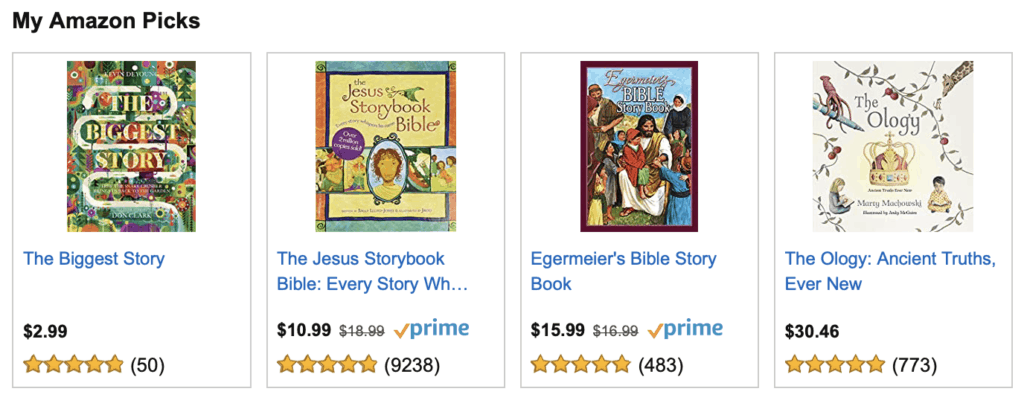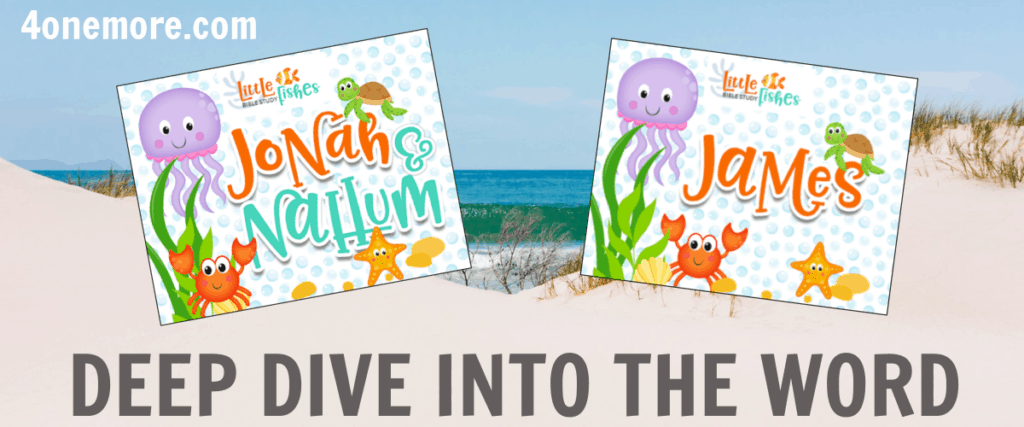Are you homeschooling a kindergarten student? Or will you be homeschooling a kindergartener soon? This episode will help! Get ready to chat about everything you need to know about kindergarten homeschool curriculum, what to expect, and how to approach your kindergarten homeschool schedule.

This post contains affiliate links for your convenience. I will receive a commission if you purchase from these links. Thank you.
Welcome to the show notes for Episode #123 of the Homeschool with Moxie Podcast!
As a former classroom teacher, now homeschooling mom of five, I love to equip and encourage other homeschooling families.
On the Homeschool with Moxie Podcast our goal is to inspire and encourage you with actionable strategies to take you from overwhelmed to confident in your homeschool adventure. Listen to interviews with amazing influencers in the homeschool world and beyond.
Add Music Into Your Homeschool with SQUILT
Do you want to give your children a truly BEAUTIFUL music education, but don’t know where to start?
The SQUILT LIVE! community is a vibrant group of children and parents who are learning tremendous amounts about composers, music history, music theory, instruments, the grammar of music, and MUCH more.
Let Mary Prather from SQUILT teach for you or check out their self-guided resources to do it yourself!
Listen to the Podcast
What You Really Need to Know About Homeschooling Kindergarten
I’ve met many parents who are going to homeschool kindergarten and they are overwhelmed with the pressure and responsibility! They really are overthinking it. And it’s probably because we see this humongous educational bureaucracy at work where it’s complicated to teach kindergarten. You need special degrees, special resources, the perfect curriculum, and more. But let’s pull things back to the basics.
Families were “homeschooling” for nearly all of human history and definitely during the early part of America’s founding. And it worked just fine.
So, breathe a sigh of relief. Any loving parent can “successfully” homeschool kindergarten – whatever that means! Here are the main things you really need to know.
- Let them play!
- They are only children once, let them enjoy it.
- Read aloud to your child every day
- Kids are naturally curious
- Your goal is to encourage a life-long love of learning
- It might only take 1 hour or less per day of formal learning
- Math & phonics are the main subjects
- Cover science by going outside and learning about the world around them
- Cover history by taking field trips and learning about the world, your country, your community
- Set a flexible routine for your day
- You can’t compare your kids to other kids
- Trust your gut.
- Don’t stress over checking boxes
- Your relationship with your children is just as important as what you teach
- Don’t try to replicate public school at home. Let school flow naturally.
- Do the next thing.
- If something doesn’t work, don’t panic. Try something else. It’s not the end of the world.
- Don’t let your kindergarten homeschool curriculum be the boss, because it isn’t designed to know your kid like you do.
- It doesn’t take a teaching degree to teach your kids beginning math and reading
- A loving parent can provide an excellent education! You are qualified. Don’t let anyone tell you otherwise.
- Your child is not behind.

Kindergarten Homeschool Curriculum
The main foundation of formal instruction in kindergarten will be phonics and math. This does not need to be more complicated than sitting next to your child for 10-15 minutes a day and working through a new concept. You do not need tons of workbooks or fancy and expensive curriculum.
You need a library card, a phonics plan, and a math plan. That’s it. The rest is just natural learning – through nature walks, talking about the world, creative play, listening to music, making arts and crafts.
Listen to this podcast episode with Ainsley Arment of The Call of the Wild + Free to see how you can encourage an authentic love of learning with your children.
You’ll also want to grab a copy of Connor Boyack’s book, Passion-Driven Education, and listen to my episode with him on the podcast.
We’ve used a few different resources for phonics and math at the kindergarten level. Here are some of the products we recommend. Also be sure to check CathyDuffyReviews.com for more recommendations!
Resources for Teaching Phonics and Beginning Reading in Kindergarten
Here’s what we used to teach phonics:
If I could go back, I would probably use All About Reading. We eventually did use All About Spelling, but not until several years into homeschooling. We highly recommend the resources from All About Learning Press!
Another solid curriculum to check out for teaching phonics in kindergarten is Memoria Press’ Classical Phonics and the First Start Reading Program.
Check out Jim Hodges Audio books to add in some exciting listening adventures! Many of these stories will also be history-based, so it’s a great way to teach your kids about historical figures.
Resources for Teaching Kindergarten Math
We’ve used BJU Press math work texts for K-6 in our homeschool (no teacher’s edition required for the younger years).
I asked my homeschool blogging friends for their favorite math curriculum recommendations. Take a look at what’s worked for them!
We also love the Math Facts that Stick series by Kate Snow. She also has a new Kindergarten Math with Confidence curriculum. If you want to learn more about her ideas for teaching math to young children, then listen in on episode 63 where we talked about her resources.
Resources for Music & Art for Kindergarten Homeschool Curriculum
Music education is important! But it doesn’t have to look like traditional school. Here are our favorite resources at the kindergarten level for adding music appreciation into your homeschool:
- SQUILT – Super Quiet UnInterrupted Listening Time
- World Music for Elementary from Music in Our Homeschool
- K-2 Homeschool Music Lessons
- Composers Unit Study
- Homeschool Art Ideas for the Non-Artsy Mom
Resources for Kindergarten Bible
We love these Bible story books for giving our kids a great foundation of the chronology and main storylines of the Bible. Of course, they all fit together in one big story, which is why we love how these books present all of the Bible pointing to Christ.
Then, once your kids are reading themselves, you can work through key passages in different books of the Bible using our Little Fishes Bible Studies. These are ideal for kids in grades K-4, so you can have multiple kids in your home work through the same study together.

Resources for History & Science
History and science can be covered in a natural, hands-on, curiosity-driven way in kindergarten! Use lots of books, videos, field trips, conversations, and more for most of your kindergarten homeschool “curriculum.” In my opinion, you do not want textbooks and worksheets for this. Don’t squash your child’s natural curiosity about the world around them!
Here are some of our favorite resources:
- Tuttle Twins – these books will teach your children about free market economics, entrepreneurship, and more! And yes, even your kindergartener will be able to understand these concepts.
- Who Was Books – just use interesting books to cover historical figures in a fun and engaging way. Even if your child is not reading yet, you can use these as read-alouds
- Magic Tree House series – get an inside peek into world history or American history as Jack and Annie head out on amazing time-traveling adventures in this fun series
- Magic Schoolbus books and videos – Is it more engaging to read a textbook about the circulatory system or watch Mrs. Frizzle take an adventure through the human body on the Magic Schoolbus?!
Of course, Amazon carries all the science kits you could ever want! They make great gifts from the grandparents (in case they ask!).
Kindergarten Schedule for Homeschool
Kindergarteners shouldn’t be held to a rigid school schedule! It’s best to have a routine in place, but keep it flexible. That way, life can happen and you won’t feel behind – because you’re not!
Learn more about Homeschool Routines and get more detailed advice for your homeschool schedule.
Young learners love visual cues about their day. This is why we use chore charts for little kids. If you want to set up a visual system for learning activities in kindergarten, then workboxes are the way to go. Watch this video to see how easy it is to use workboxes for your young learners.
And if you’d like some more help with workboxes along with printable labels, then check out our Homeschool Workbox Bundle.






The workboxes are brilliant!
They really keep things organized and visual for younger kids!!